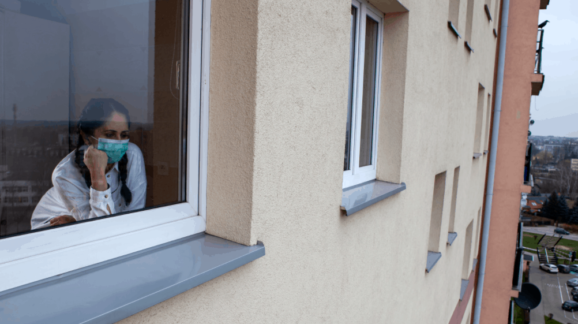Pointless Quarantine
New York’s restrictions on interstate travelers are overbroad and punish rather than protect New Yorkers.
At the end of March, Rhode Island governor Gina Raimondo issued an executive order directing police to pull over cars with New York plates at the state border and order them to quarantine for 14 days or face fines and possible jail time. New Yorkers were outraged. New York governor Andrew Cuomo claimed Rhode Island was motivated by fear and opined, “I don’t think the order was called for, I don’t think it was legal, I don’t think it was neighborly.” He threatened legal action. Rhode Island replaced the order with a new one mandating that all travelers with out-of-state plates undergo a 14-day self-quarantine.
Now, Governor Cuomo is doing exactly what he condemned a few months ago. Pursuant to his Executive Order 205, New York has created a list of more than 30 “restricted” states from which travelers must quarantine for 14 days if they enter the Empire State. Violators may be subject to a fine of up to $10,000. These restrictions make little sense, are overbroad, and penalize rather than protect New Yorkers. And they are, as a practical matter, unenforceable.
The resulting New York travel advisory—jointly issued with neighboring states of New Jersey and Connecticut—targets states with ten or more positive Covid tests per 100,000 population, an absurdly low starting point. That means a random traveler from such a state has only a one in 10,000 chance (0.01 percent) of being positive. But a sick person is less likely to be traveling than an asymptomatic person. Since half or more of Covid-19 patients are symptomatic, we could cut these odds by half.
The advisory also targets states where 10 percent or more of tests are positive over a seven-day rolling average. But this statistic alone is largely meaningless. It is dependent on the number of tests being performed and why they are performed. If testing is performed only on symptomatic people, or people who have reason to believe they have been exposed or are infected, the positivity rate will be higher. If testing is more general and widespread, the rate will be lower. The data point may indicate high infection rates in the community; more likely, it represents insufficient testing.
The advisory does not apply to individuals who spend less than 24 hours in a designated state during their travels—an arbitrary standard. There is nothing magical about a 24-hour period. A traveler to a state with rampant Covid-19 transmission can go to the gym, get a manicure, and top off their evening in a restaurant but be excused as long as they complete their activities and leave the state in under 24 hours. Meantime, someone who spends two days in a remote cabin in Montana must quarantine.
Read the full article at City Journal.
